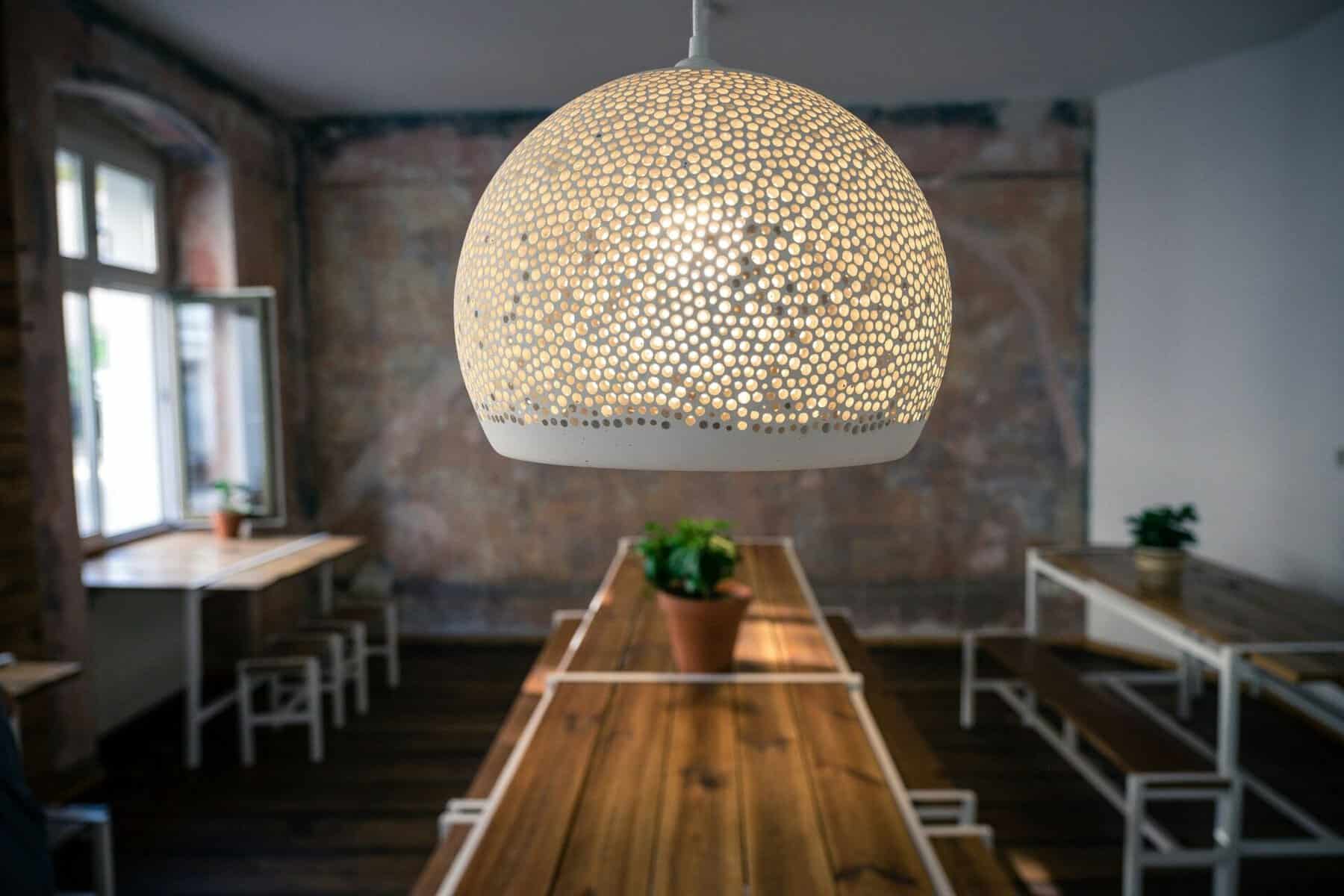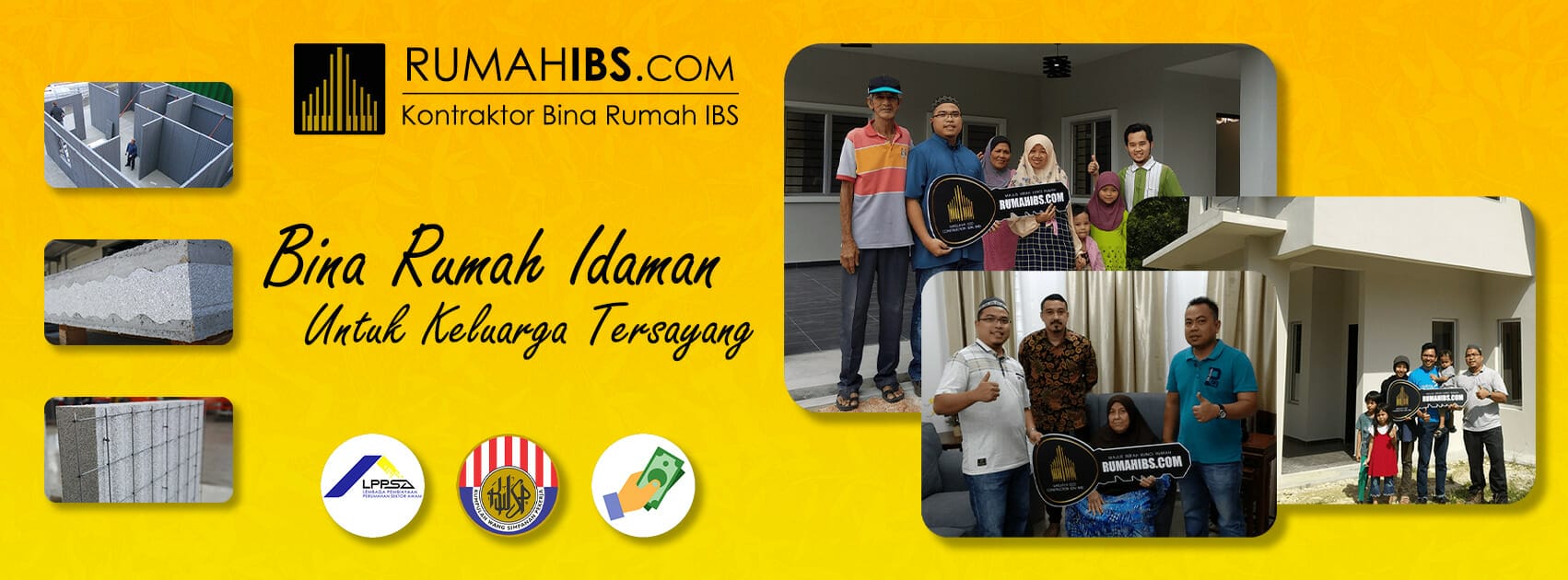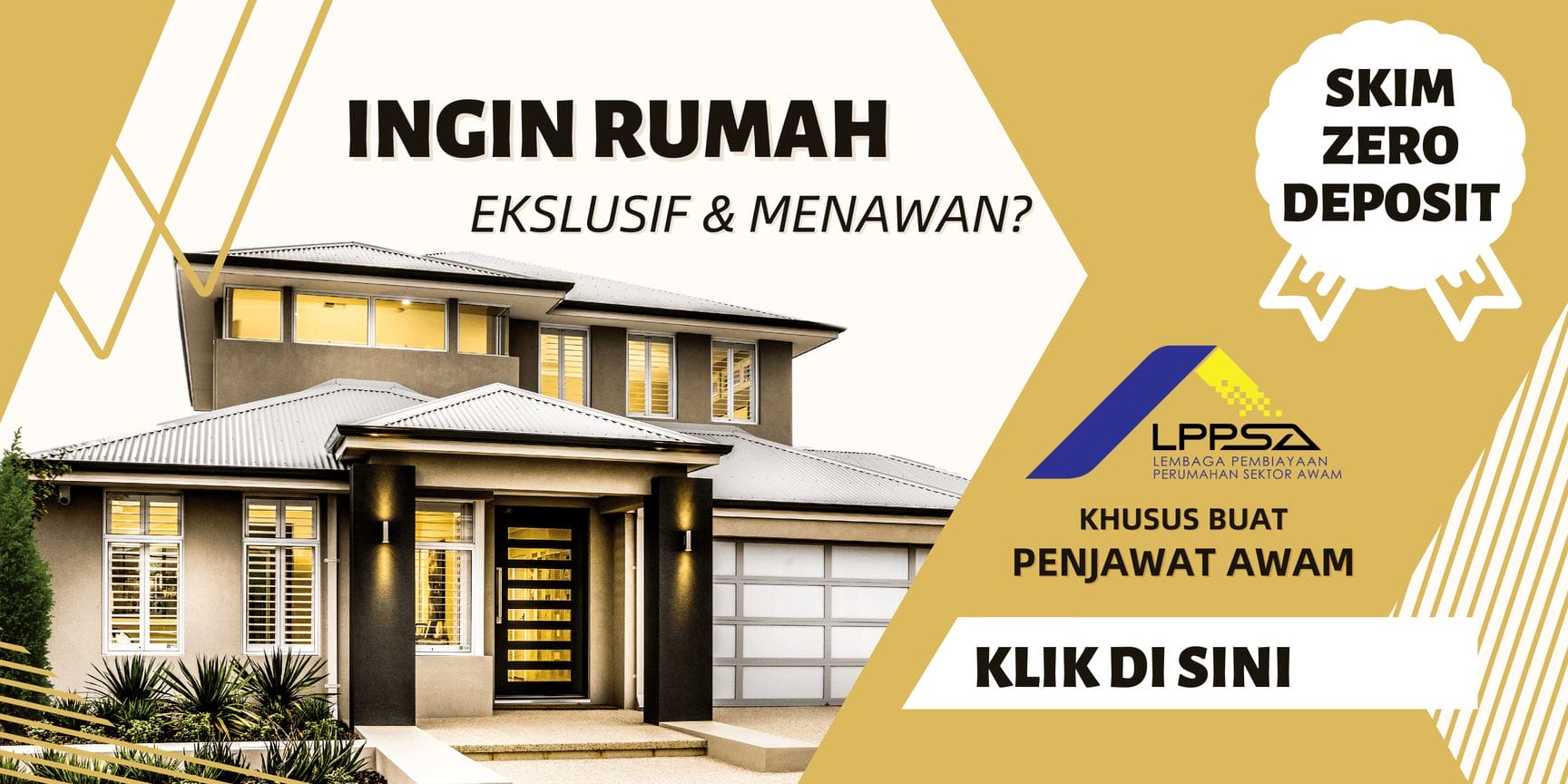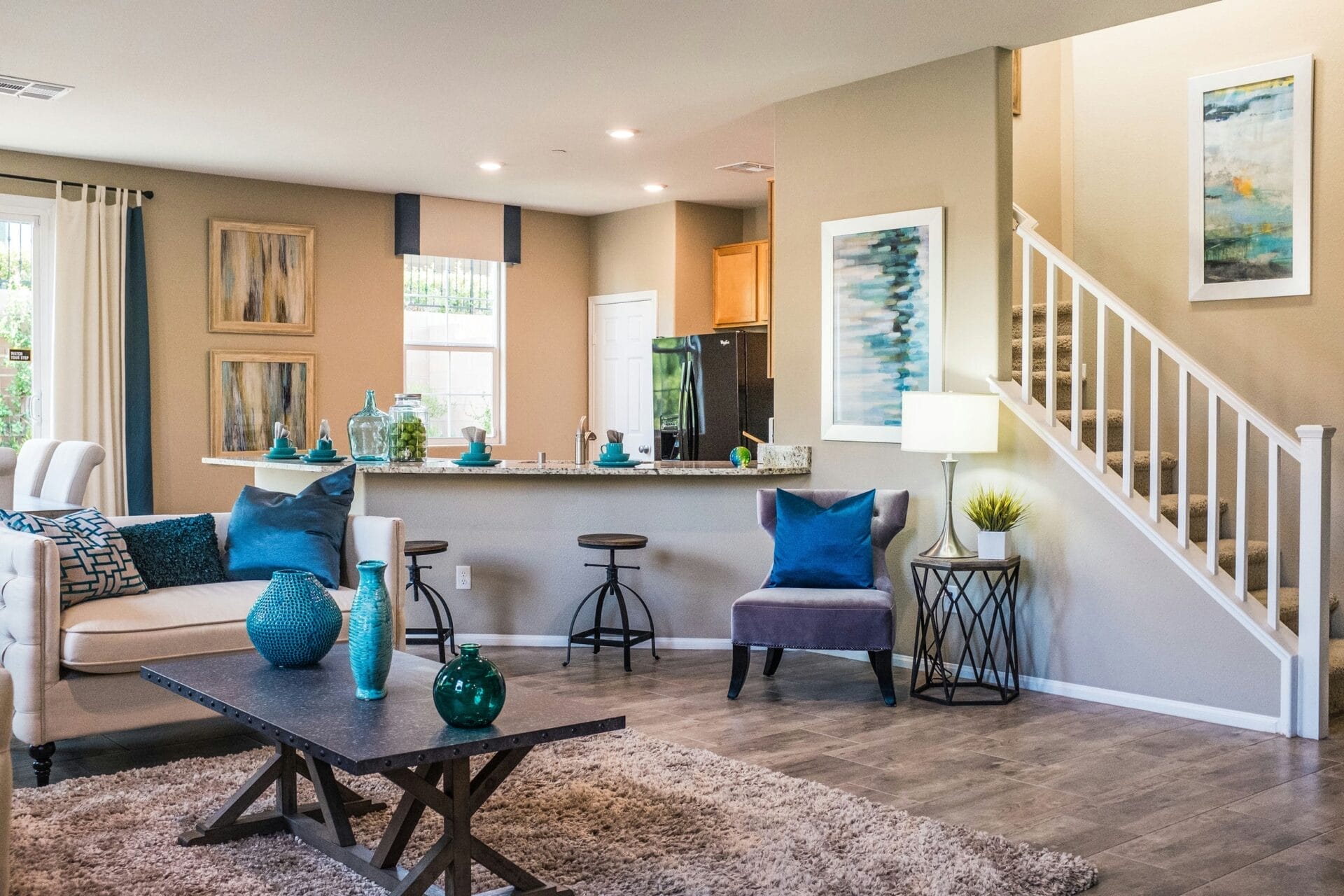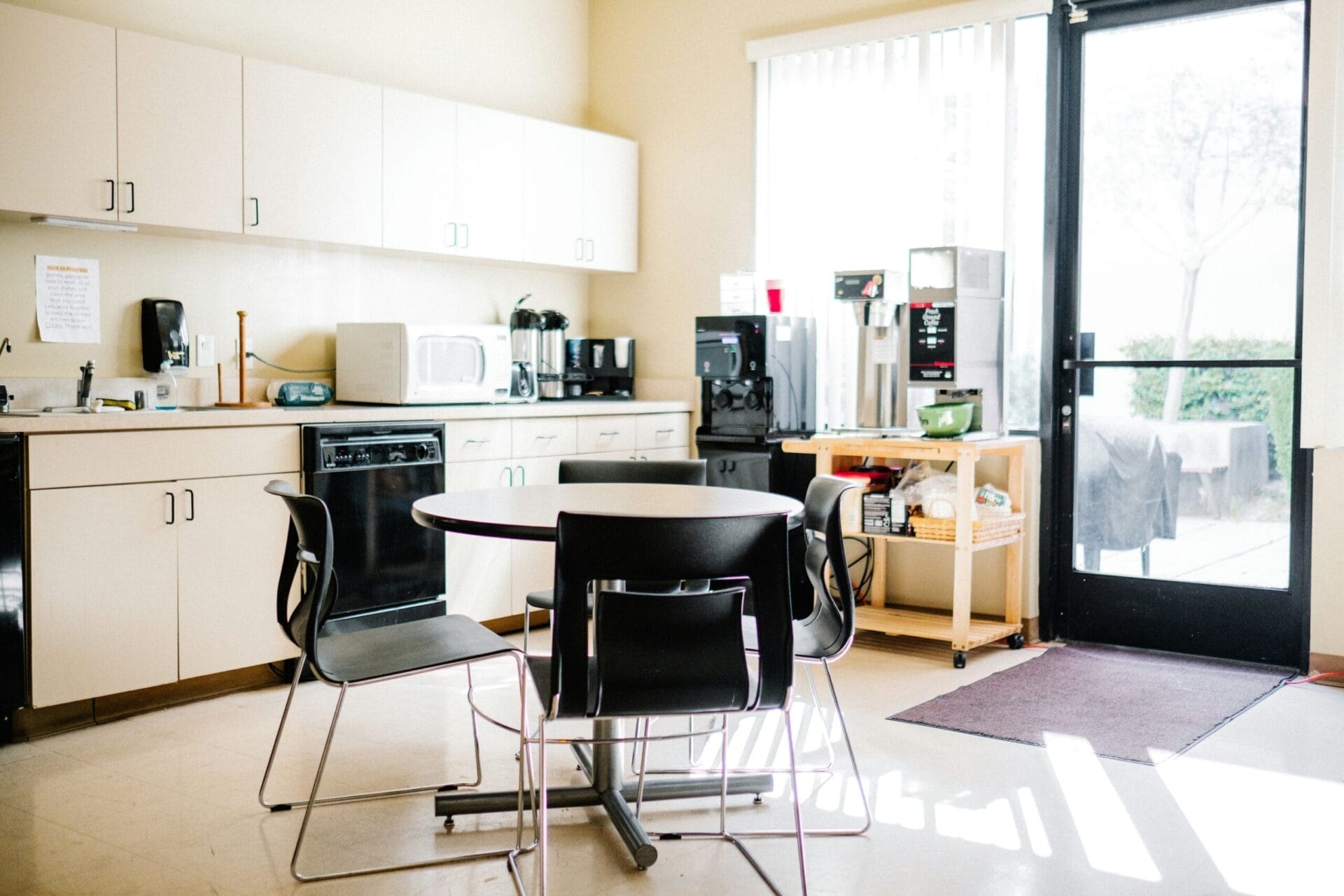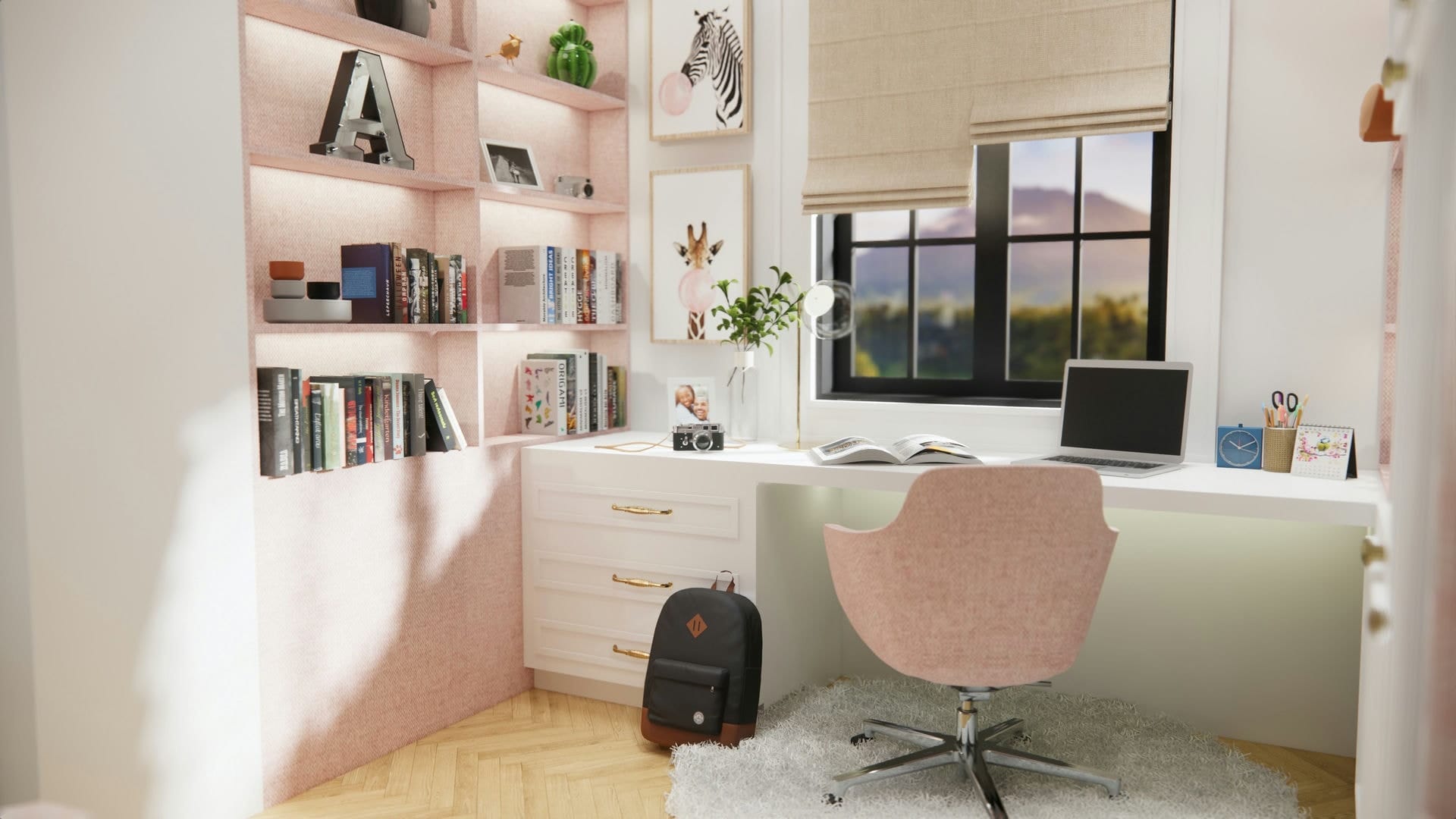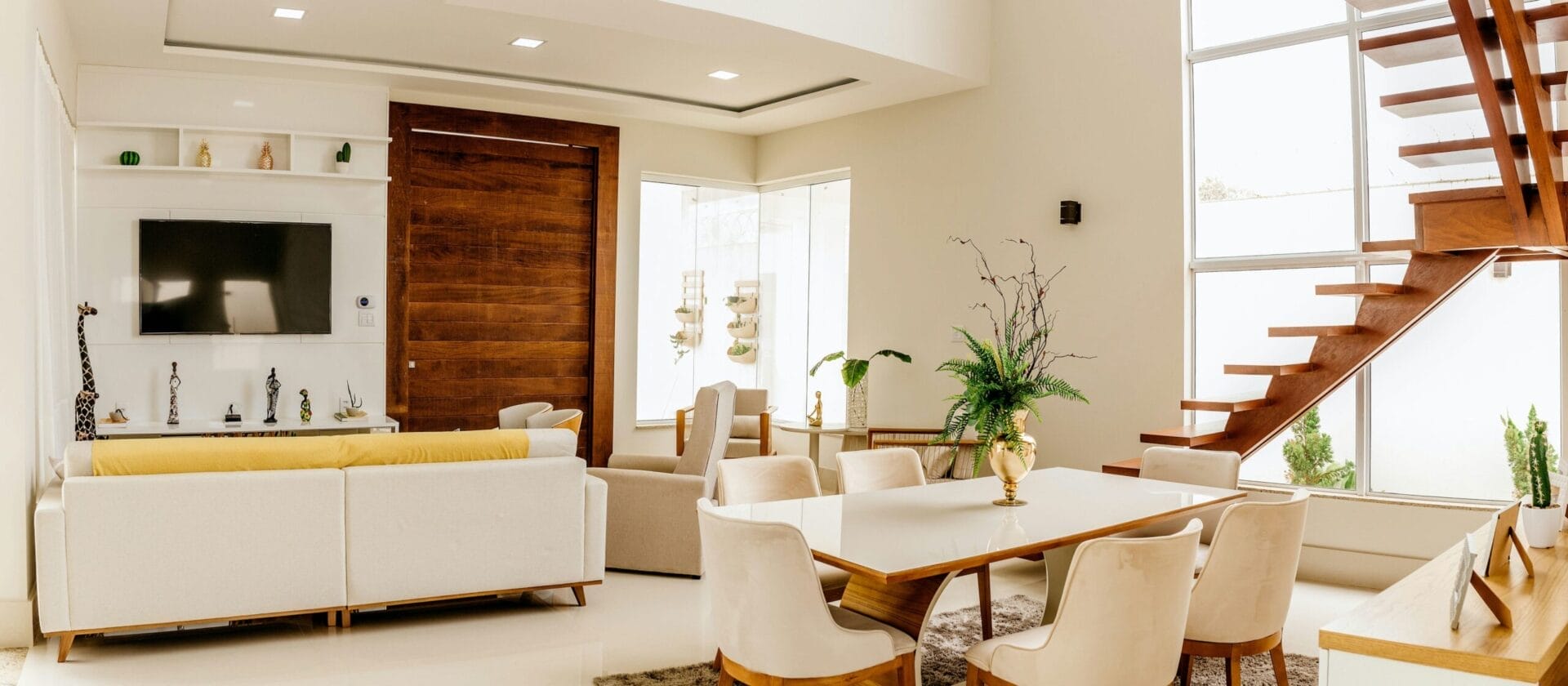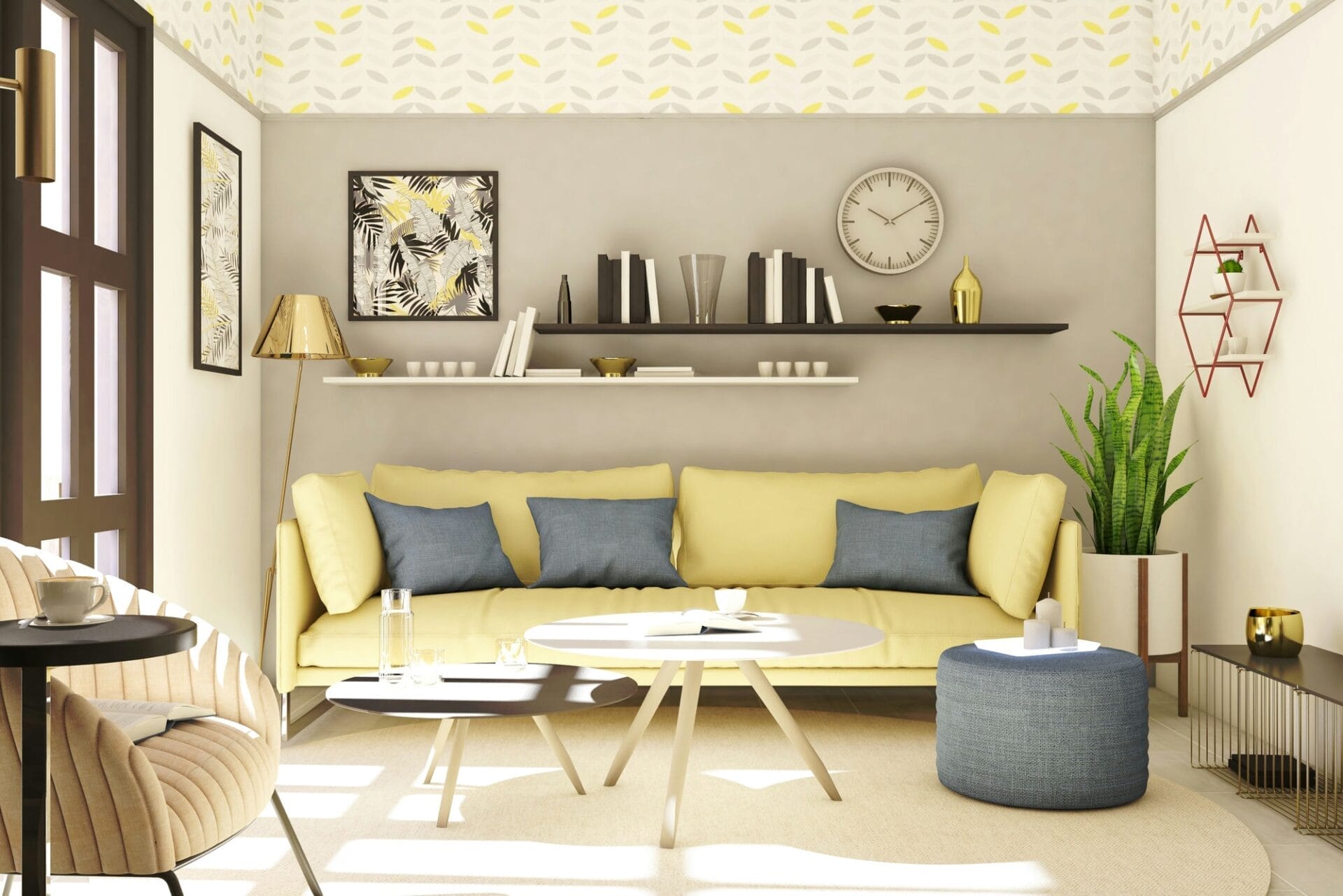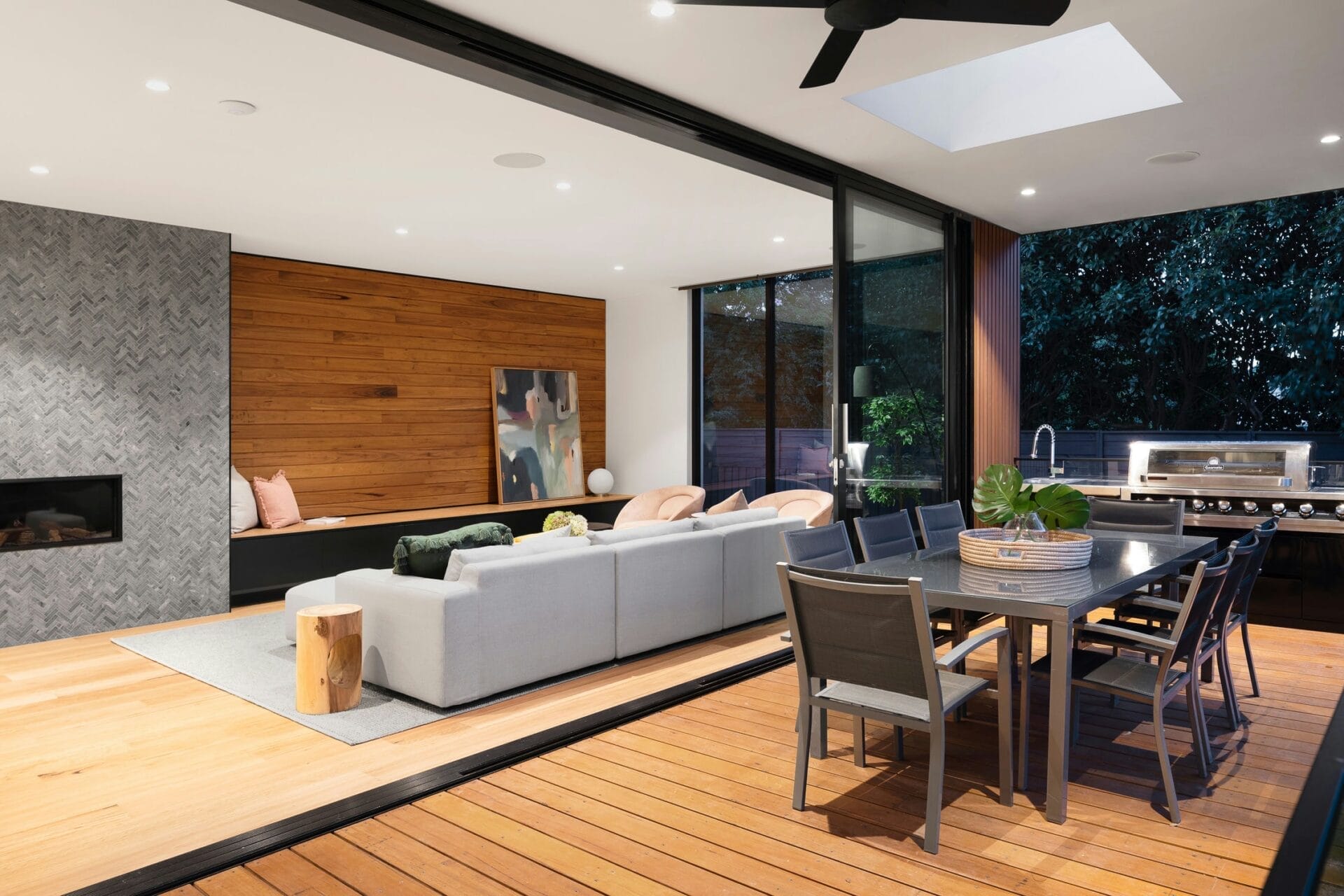Crafting Your Dream Home: A Comprehensive Guide to Budget-Friendly, Sustainable Construction on Your Own Land
1. Introduction
Welcome to the journey of building your dream home in Malaysia! In this comprehensive guide, we’ll explore the exciting process of creating a budget-friendly, sustainable haven on your very own land. Whether you’re a first-time homeowner or looking to upgrade to your dream abode, building on your own land offers unparalleled opportunities for customization and personalization.
Setting the Stage
Picture this: a lush plot of land nestled amidst Malaysia’s breathtaking landscapes. Now, envision your ideal home rising from the ground, tailored to your every whim and fancy. Building on your own land isn’t just about constructing a house; it’s about crafting a sanctuary that reflects your lifestyle, values, and aspirations.
Why Build on Your Own Land?
- Autonomy and Flexibility: Building on private land grants you the freedom to design and construct your home according to your preferences, without the restrictions often imposed by developers or housing projects.
- Financial Benefits: By utilizing your existing land, you can bypass the hefty costs associated with purchasing property. Plus, the potential for land appreciation adds long-term value to your investment.
- Sense of Ownership: There’s something truly special about building on land that you own. It fosters a profound sense of pride and connection to your home and its surroundings.
- Customization: From the layout and architectural style to the landscaping and interior design, building on your own land allows for unparalleled customization. Say goodbye to cookie-cutter homes and hello to a dwelling that truly embodies your unique vision.
Malaysian Dream Home
In Malaysia, the concept of home transcends mere bricks and mortar; it encompasses cultural heritage, familial bonds, and a deep-rooted connection to the land. Whether you’re drawn to the vibrant cityscapes of Kuala Lumpur, the serene beaches of Penang, or the lush jungles of Sabah, your dream home is a reflection of your personal narrative and the diverse tapestry of Malaysian life.
Who Is This Guide For?
This guide is tailored for aspiring homeowners, DIY enthusiasts, and anyone interested in embarking on the journey of building their dream home in Malaysia. Whether you’re seeking practical advice on budgeting and permits or inspiration for sustainable design and construction, you’ll find valuable insights and tips to guide you every step of the way.
So, are you ready to turn your dream home into a reality? Let’s embark on this exhilarating adventure together!

anna sullivan f7fZg21B3ms unsplash
2. Benefits of Building on Your Own Land
When it comes to building your dream home in Malaysia, few options offer the level of freedom and personalization as constructing on your own land. Let’s delve into the myriad benefits of embarking on this exciting journey.
Advantages of Building on Private Land
| Advantages | Description |
|---|---|
| Autonomy | You have full control over the design, layout, and construction process without the constraints imposed by developers or housing projects. |
| Flexibility | From the architectural style to the choice of materials, you can tailor every aspect of your home to suit your preferences and lifestyle. |
| Privacy | Building on private land affords you a sense of seclusion and intimacy, away from the hustle and bustle of densely populated areas. |
| Potential for Appreciation | As property values tend to appreciate over time, investing in your own land can yield long-term financial benefits and asset growth. |
Financial Benefits
Building on your own land offers significant financial advantages compared to purchasing property from developers or housing projects. Here’s why:
- Cost Savings: By utilizing existing land, you can avoid the hefty expenses associated with land acquisition, which can often constitute a substantial portion of the total project cost.
- Long-Term Investment: Owning land provides a valuable asset that tends to appreciate over time, offering potential for future financial gains.
- Reduced Upfront Costs: With no need to factor in land purchase costs, you can allocate more of your budget towards the actual construction of your home, allowing for higher-quality finishes or additional features.
Sense of Ownership and Connection
There’s a profound sense of pride and ownership that comes with building on your own land. It’s more than just constructing a house; it’s about creating a home that reflects your identity, values, and aspirations. Here’s how building on your own land fosters a deeper connection:
- Emotional Attachment: Building on land that you own instills a sense of attachment and belonging, as you become intimately involved in every stage of the construction process.
- Community Integration: Your home becomes an integral part of the local community, fostering relationships with neighbors and contributing to the social fabric of the area.
Conclusion
Building on your own land in Malaysia offers unparalleled opportunities for autonomy, customization, and financial gain. From designing your dream home to cultivating a sense of ownership and connection, the advantages are abundant. So why wait? Take the first step towards realizing your dream home and unlock the endless possibilities that come with building on your own land.
3. Leveraging Industrialized Building Systems (IBS) for Efficiency and Quality
In the realm of home construction in Malaysia, Industrialized Building Systems (IBS) have emerged as a game-changer, offering unmatched efficiency, quality, and sustainability. Let’s explore how leveraging IBS can streamline your construction process and elevate the quality of your dream home.
Understanding Industrialized Building Systems (IBS)
Industrialized Building Systems (IBS) refer to construction methods that utilize prefabricated components manufactured off-site and then assembled on-site. These components, which include walls, floors, and roofs, are typically mass-produced in controlled factory environments, ensuring consistency and precision in their construction.
Advantages of IBS
| Advantages | Description |
|---|---|
| Faster Construction | IBS enables shorter construction timelines compared to traditional methods, as components can be manufactured concurrently with site preparation activities. |
| Enhanced Quality | Prefabricated components are produced under controlled conditions, resulting in higher quality and consistency in construction. |
| Reduced Labor Costs | With less reliance on manual labor for on-site construction, IBS can lead to cost savings in labor expenses. |
| Minimized Material Waste | The precise manufacturing process of IBS components reduces material waste, contributing to a more sustainable construction approach. |
Examples of IBS Techniques and Materials
- Prefabricated Concrete Panels: These panels, which serve as structural elements in building construction, are cast off-site and transported to the construction site for assembly. They offer excellent durability and structural integrity.
- Modular Construction: Modular construction involves assembling pre-built modules or units off-site, which are then transported and assembled on-site to form the final structure. This method allows for rapid assembly and customization.
- Steel Framing Systems: Steel framing systems utilize prefabricated steel components, such as beams, columns, and trusses, to create the framework of a building. Steel offers strength, durability, and design flexibility.
The Sustainability Factor
Beyond efficiency and quality, IBS also holds significant potential for sustainable construction practices. By minimizing material waste, reducing construction time, and optimizing energy efficiency, IBS contributes to a more environmentally friendly approach to home building.
Conclusion
Incorporating Industrialized Building Systems (IBS) into your home construction project in Malaysia can revolutionize the way you build, offering unparalleled efficiency, quality, and sustainability. From faster construction timelines to enhanced structural integrity, the benefits are clear. So why settle for conventional construction methods when you can embrace the future of home building with IBS?

angelique emonet TCMbTlzzaKs unsplash
4. Navigating the Permit Process for Private Land Construction
Embarking on the journey of building your dream home in Malaysia requires more than just vision and ambition; it also entails navigating the intricate process of obtaining building permits. In this section, we’ll demystify the permit process for construction on private land, empowering you to move forward with confidence and clarity.
Understanding Building Permits
Building permits are legal documents issued by local authorities that grant permission for construction or renovation activities to proceed. These permits ensure that proposed structures comply with building codes, zoning regulations, and safety standards.
Steps to Obtain Building Permits
Navigating the permit process may seem daunting, but breaking it down into manageable steps can simplify the journey. Here’s a step-by-step guide to obtaining building permits for construction on private land:
- Preliminary Planning: Begin by researching the specific requirements and regulations governing construction in your locality. Familiarize yourself with zoning laws, setback requirements, and any special considerations for your property.
- Develop Detailed Plans: Prepare comprehensive architectural drawings, structural plans, and other necessary documents detailing the proposed construction project. Ensure that your plans align with local building codes and regulations.
- Submit Permit Application: Once your plans are finalized, submit a permit application to the relevant local authority or municipal council. Include all required documents and pay any applicable fees.
- Review and Approval Process: The permit application will undergo a review process, during which officials will assess the proposed project for compliance with building codes and regulations. This may involve multiple rounds of revisions and resubmissions.
- Issuance of Permit: Upon approval of the permit application, the building permit will be issued, granting permission to commence construction activities. Ensure that the permit is prominently displayed at the construction site.
- Inspections and Compliance: Throughout the construction process, inspectors may conduct site visits to verify compliance with approved plans and building codes. Adhere to any requirements or recommendations provided by inspectors.
- Completion and Final Inspection: Once construction is complete, schedule a final inspection with the relevant authorities to ensure that the project meets all regulatory requirements. Upon successful inspection, the project will be deemed compliant, and the permit will be closed.
Common Challenges and How to Address Them
Navigating the permit process may encounter challenges along the way. Here are some common issues that may arise and strategies for addressing them:
| Common Challenges | Strategies for Resolution |
|---|---|
| Delays in Permit Review | Maintain open communication with the local authority and promptly address any requests for additional information or revisions. |
| Non-Compliance with Regulations | Work closely with architects, engineers, and contractors to ensure that plans adhere to building codes and regulations. Be prepared to make adjustments as needed. |
| Environmental Concerns | Address any environmental impact assessments or mitigation measures required by local authorities. Consider implementing sustainable building practices to minimize environmental impact. |
Conclusion
Navigating the permit process for construction on private land in Malaysia may seem daunting, but with careful planning and attention to detail, it’s entirely manageable. By understanding the steps involved, addressing common challenges proactively, and working collaboratively with local authorities, you can obtain the necessary permits to bring your dream home to life.
5. Designing Your Dream Home: Tailoring Architecture to Your Vision
Designing your dream home in Malaysia is an exhilarating journey that allows you to bring your vision to life while embracing the rich cultural heritage and diverse landscapes of the country. In this section, we’ll explore the process of designing a custom home that reflects your unique personality, lifestyle, and aspirations.
The Importance of Customization
Your home is more than just a shelter; it’s a reflection of who you are and what you value. By designing a custom home, you have the opportunity to tailor every aspect of the architecture and interior design to suit your preferences. From the layout and aesthetic style to the functionality and spatial flow, customization is key to creating a home that truly feels like yours.
Incorporating Cultural Influences
Malaysia’s multicultural society is a melting pot of diverse traditions, languages, and architectural styles. When designing your dream home, consider incorporating elements of Malaysian culture and heritage into the design. Whether it’s traditional Malay motifs, Chinese architectural influences, or Indian craftsmanship, embracing cultural diversity adds richness and authenticity to your home.
Sustainable Design Principles
Incorporating sustainable design principles into your home not only reduces environmental impact but also enhances comfort, energy efficiency, and long-term cost savings. Consider implementing the following sustainable design strategies:
- Passive Solar Design: Maximize natural light and ventilation while minimizing heat gain to reduce reliance on artificial lighting and air conditioning.
- Energy-Efficient Appliances: Choose energy-efficient appliances and fixtures to reduce energy consumption and lower utility bills.
- Water Conservation: Install water-saving fixtures and implement rainwater harvesting systems to reduce water usage and promote conservation.
Balancing Aesthetics and Functionality
A well-designed home strikes a balance between aesthetics and functionality, marrying beauty with practicality. Consider how each space will be used and design accordingly to optimize functionality and usability. Whether it’s a spacious kitchen for culinary adventures, a cozy reading nook for relaxation, or a multipurpose home office for remote work, prioritize design elements that enhance daily living.
Collaboration with Design Professionals
While it’s tempting to dive into DIY home design, collaborating with experienced architects, interior designers, and contractors can streamline the process and ensure optimal results. Design professionals bring expertise, creativity, and technical know-how to the table, helping you translate your vision into a cohesive and well-executed design.
Conclusion
Designing your dream home in Malaysia is a deeply personal and rewarding endeavor that allows you to express your individuality and create a space that reflects your lifestyle and values. By embracing customization, cultural influences, sustainable design principles, and collaboration with design professionals, you can bring your vision to life and embark on a journey of home ownership that’s as fulfilling as it is inspiring.

angele kamp IWzloaVyoOw unsplash
6. Exploring Key Aspects of the Construction Process
Embarking on the construction of your dream home in Malaysia is an exciting endeavor that involves multiple key aspects, from site preparation to finishing touches. In this section, we’ll explore the various stages of the construction process, providing insights and tips to help you navigate each step with confidence.
Site Preparation
Before construction can commence, thorough site preparation is essential to ensure a solid foundation for your home. This may include clearing the land, leveling the terrain, and conducting soil testing to assess its stability and suitability for construction. Engaging professional land surveyors and site engineers can help identify potential challenges and ensure proper site preparation.
Foundation Construction
The foundation serves as the backbone of your home, providing stability and support for the structure above. Depending on the soil conditions and architectural design, various types of foundations may be used, including concrete slab, crawl space, or basement. Work closely with structural engineers and contractors to ensure that the foundation is properly designed and constructed to withstand the local climate and environmental factors.
Structural Framing
Once the foundation is in place, the structural framing of your home can begin. This involves erecting the framework of the house, typically constructed from wood, steel, or concrete. The framing stage includes the installation of walls, floors, and roof trusses, laying the groundwork for the overall structure of the home. Attention to detail and precision is crucial during this stage to ensure structural integrity and safety.
Exterior and Interior Finishes
With the framework in place, attention turns to the exterior and interior finishes that will give your home its distinctive appearance and character. This includes siding, roofing, windows, doors, and interior walls. Choose materials and finishes that not only enhance the aesthetic appeal of your home but also offer durability, weather resistance, and energy efficiency. Collaborate with designers and contractors to select finishes that align with your vision and budget.
Mechanical, Electrical, and Plumbing (MEP) Systems
The installation of mechanical, electrical, and plumbing (MEP) systems is a critical stage of the construction process that ensures your home is equipped with essential utilities and amenities. This includes wiring for electricity, installation of plumbing pipes and fixtures, and HVAC (heating, ventilation, and air conditioning) systems. Engage licensed professionals to design and install MEP systems according to local building codes and safety standards.
Interior Finishing and Fixtures
As construction nears completion, attention shifts to interior finishing touches and fixtures that add functionality and personality to your home. This includes flooring, cabinetry, countertops, lighting fixtures, and appliances. Pay close attention to detail and craftsmanship during the finishing stage to achieve the desired aesthetic and functionality. Consider incorporating eco-friendly materials and energy-efficient fixtures for a sustainable and healthy living environment.
Final Inspections and Quality Assurance
Before moving into your new home, final inspections and quality assurance checks are conducted to ensure that all construction work meets regulatory requirements and industry standards. This includes structural integrity, safety features, electrical and plumbing systems, and overall workmanship. Address any issues or deficiencies identified during inspections to ensure that your home is safe, comfortable, and ready for occupancy.
Conclusion
The construction process of building your dream home in Malaysia is a multifaceted journey that requires careful planning, attention to detail, and collaboration with professionals. By understanding the key aspects of construction, from site preparation to finishing touches, you can navigate each stage with confidence and bring your vision to life. Remember to prioritize quality, sustainability, and functionality in every decision, creating a home that not only reflects your personality but also enhances your quality of life for years to come.
7. Financing Options for Budget-Friendly Construction
When embarking on the journey of building your dream home in Malaysia, one of the key considerations is securing financing to fund the construction project. In this section, we’ll explore the various financing options available for budget-friendly construction, helping you choose the right approach to realize your dream home without breaking the bank.
Understanding Your Financing Needs
Before exploring financing options, it’s essential to assess your budget and determine the total cost of your construction project. This includes not only construction expenses but also land acquisition, permits, design fees, and contingency funds for unforeseen expenses. By understanding your financing needs upfront, you can make informed decisions and avoid financial pitfalls along the way.
Construction Loans
Construction loans are a common financing option for individuals building their dream homes in Malaysia. These loans provide funds to cover the cost of construction, typically disbursed in installments or “draws” as the project progresses. Construction loans may offer flexible terms and interest rates, allowing borrowers to tailor financing to their specific needs.
Mortgage Options
Once construction is complete and your home is ready for occupancy, you may choose to convert your construction loan into a traditional mortgage. Mortgage options in Malaysia include conventional mortgages, Islamic mortgages (based on Shariah principles), and government-backed loans offered by agencies such as the National Housing Corporation (NHC). Compare mortgage rates, terms, and eligibility requirements to find the best option for your financial situation.
Home Equity Financing
If you already own land or have equity in an existing property, you may be able to leverage home equity financing to fund your construction project. Home equity loans or lines of credit allow you to borrow against the value of your property, using the proceeds to finance construction expenses. Home equity financing may offer competitive interest rates and flexible repayment terms, making it an attractive option for budget-conscious homeowners.
Personal Savings and Investments
For some individuals, personal savings and investments may provide a significant portion of the funds needed for construction. Whether through savings accounts, investments, or retirement funds, tapping into personal assets can help reduce reliance on external financing and minimize debt. Consider consulting with a financial advisor to explore the best strategies for leveraging your savings and investments to fund your construction project.
Alternative Financing Options
In addition to traditional financing options, there are alternative methods of funding construction projects in Malaysia. Crowdfunding, peer-to-peer lending, and joint venture partnerships are examples of non-traditional financing avenues that may offer creative solutions for budget-friendly construction. Explore these options carefully, weighing the pros and cons of each approach before making a decision.
Conclusion
Securing financing for budget-friendly construction is a crucial step in realizing your dream home in Malaysia. Whether through construction loans, mortgage options, home equity financing, personal savings, or alternative methods, there are various avenues available to fund your construction project. By understanding your financing needs, exploring different options, and seeking guidance from financial experts, you can embark on your construction journey with confidence and turn your dream home into a reality.

andy vult zwZpdhoTbU0 unsplash scaled
8. Embracing Sustainable Building Practices for a Greener Future
As awareness of environmental issues grows, so does the importance of adopting sustainable building practices in Malaysia. In this section, we’ll delve into the significance of sustainability in home construction and explore practical strategies for building a greener future through eco-friendly design and construction techniques.
The Importance of Sustainable Building Practices
Sustainable building practices play a crucial role in mitigating environmental impact, conserving natural resources, and promoting long-term resilience and well-being. In Malaysia, where rapid urbanization and development place increasing strain on ecosystems, embracing sustainability in home construction is essential for creating healthier, more livable communities.
Key Principles of Sustainable Design
Sustainable design encompasses a range of principles and strategies aimed at minimizing environmental impact while maximizing efficiency, comfort, and health. Some key principles of sustainable design include:
- Energy Efficiency: Designing homes to minimize energy consumption through passive design strategies, high-performance building materials, and energy-efficient appliances and systems.
- Resource Efficiency: Minimizing waste and resource consumption through efficient use of materials, recycling and reuse practices, and sustainable sourcing of building materials.
- Water Conservation: Implementing water-saving fixtures, rainwater harvesting systems, and water-efficient landscaping to reduce water consumption and promote conservation.
- Indoor Environmental Quality: Enhancing indoor air quality, comfort, and well-being through proper ventilation, non-toxic materials, and natural lighting.
Sustainable Building Materials and Technologies
Choosing sustainable building materials and technologies is a fundamental aspect of green construction. From eco-friendly building materials such as bamboo, recycled glass, and reclaimed wood to innovative technologies like solar panels, green roofs, and greywater recycling systems, there are numerous options available to reduce environmental impact and enhance sustainability in home construction.
Passive Design Strategies
Passive design strategies leverage natural elements such as sunlight, wind, and thermal mass to optimize comfort and energy efficiency in buildings. In Malaysia’s tropical climate, passive design features such as shading devices, natural ventilation, and thermal insulation can significantly reduce the need for artificial cooling and heating, resulting in lower energy bills and a lighter ecological footprint.
Sustainable Landscaping and Site Planning
Sustainable landscaping and site planning practices complement sustainable building design by minimizing environmental impact and enhancing biodiversity. Incorporating native plants, rain gardens, permeable paving, and green spaces into your landscape design can help reduce water runoff, improve air quality, and create habitat for local wildlife, contributing to a more resilient and sustainable built environment.
Conclusion
Embracing sustainable building practices is essential for creating a greener, more resilient future in Malaysia and beyond. By incorporating principles of energy efficiency, resource conservation, indoor environmental quality, and passive design into home construction, we can minimize environmental impact, enhance comfort and well-being, and build communities that thrive in harmony with nature. Together, let’s take proactive steps towards a sustainable future and leave a positive legacy for generations to come.


